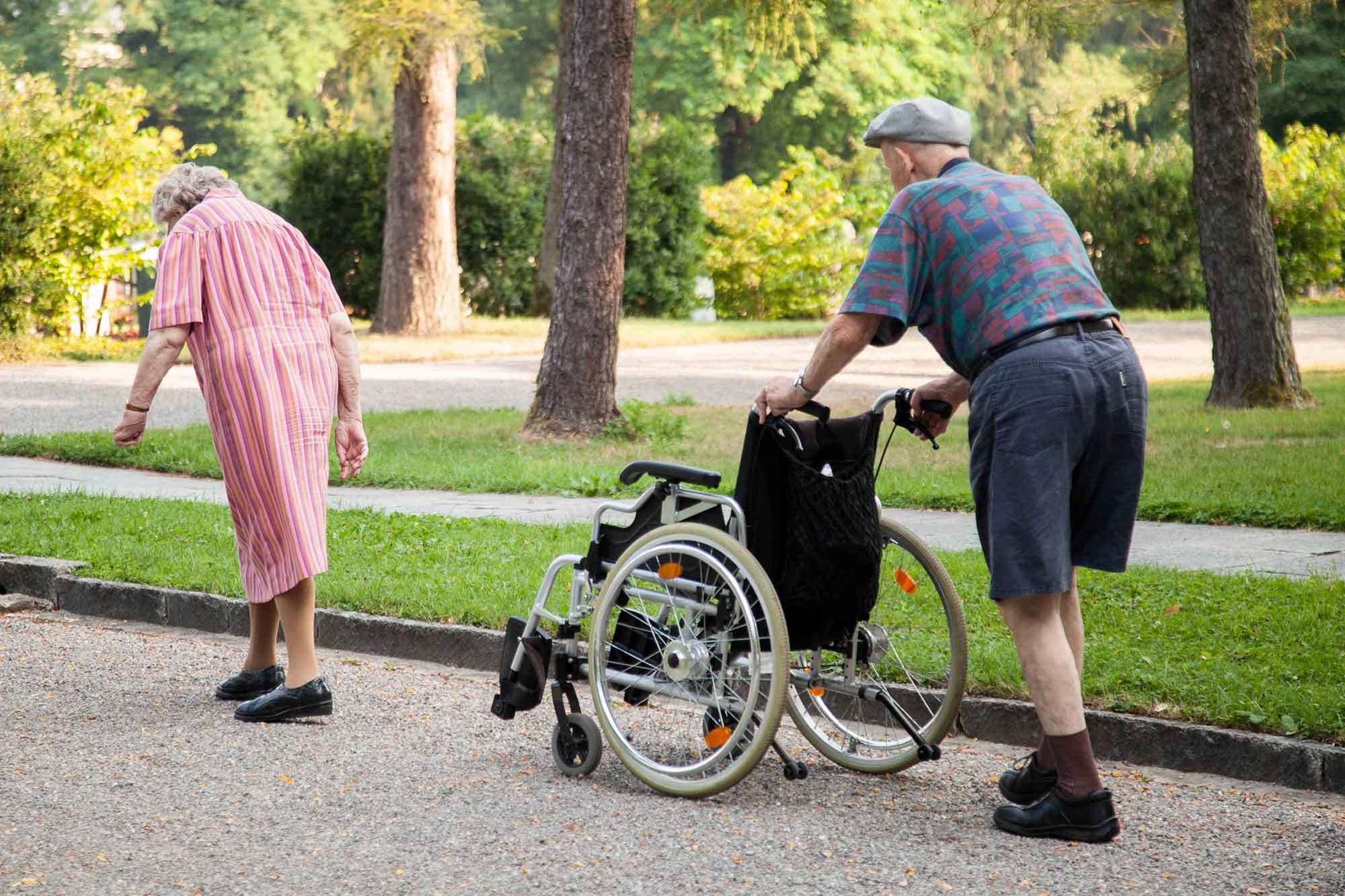31 Development of caring communities for long-term care at home

More frail elderly people will wish to remain in their own homes in the future. By trialling “caring communities” in four regions, the study showed that these models are an effective tool for promoting holistic long-term care at home.
Project description (completed research project)
Caring community models were developed in four regions within the cantons of Bern and Zurich in a participatory process involving Spitex community nursing organisations and other local-level operators. These “living labs” provided a forum for shared learning and working based on a “co-creation” approach. Existing care services in the four regions were analysed, as were needs in terms of long-term care at home. This analysis was used as a basis for developing, implementing and evaluating innovative models and services using participatory methods. Finally, the models were embedded in the regions in such a way as to ensure their continuity beyond the end of the study. The results were summarised in a toolbox and shared with other interested parties.
Background
Holistic long-term care enables people with chronic conditions to continue living in their own home. This long-term care encompasses not only care services, but also services such as cooking, cleaning and social support. Models such as “caring communities” can help close the gaps that exist in long-term holistic care provision.
Aim
The aim of the study was firstly to develop and implement models of caring communities together with local partners. Secondly, their potential for increasing the social sustainability of long-term care at home was evaluated.
Results
The primary outcome of the study is four active caring communities in the cantons of Bern and Zurich. The form taken by the communities varied from region to region. Thus, the caring communities in two regions were organised as professional networks to bolster long-term home-care capacities. In a third region, the caring community was integrated into political structures, while in the fourth it took the form of a citizens’ initiative. One key task of the four caring communities is to promote neighbourly help. The study shows that adequate support is often available, but that major obstacles make it difficult for the people who need it to make use of assistance from a source outside their family. Caring communities provide nursing and care services, help prevent loneliness or promote the development of digital skills. The results show that caring communities are an effective tool in strengthening interprofessional collaboration, creating opportunities for participation and promoting awareness of and commitment to home care.
Relevance
Significance of the results for research
The study investigated the potential of caring communities to improve long-term home care. It also delivered insights into participatory processes and the use of scientific and empirical data in setting up social communities.
Significance of the results for practice
The study findings from practice were collated into a toolbox named “Components of caring communities”. This contains valuable pointers for professionals, authorities and anyone else who is interested in setting up a caring community.
Original title
Innovative Home Care Models for People with Comprehensive Care Needs: Caring Community Living Labs
